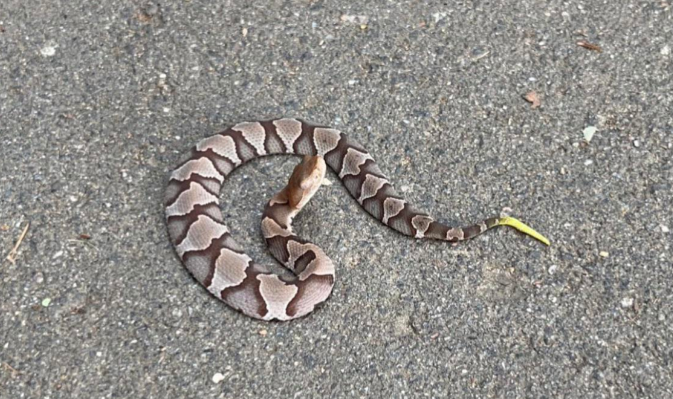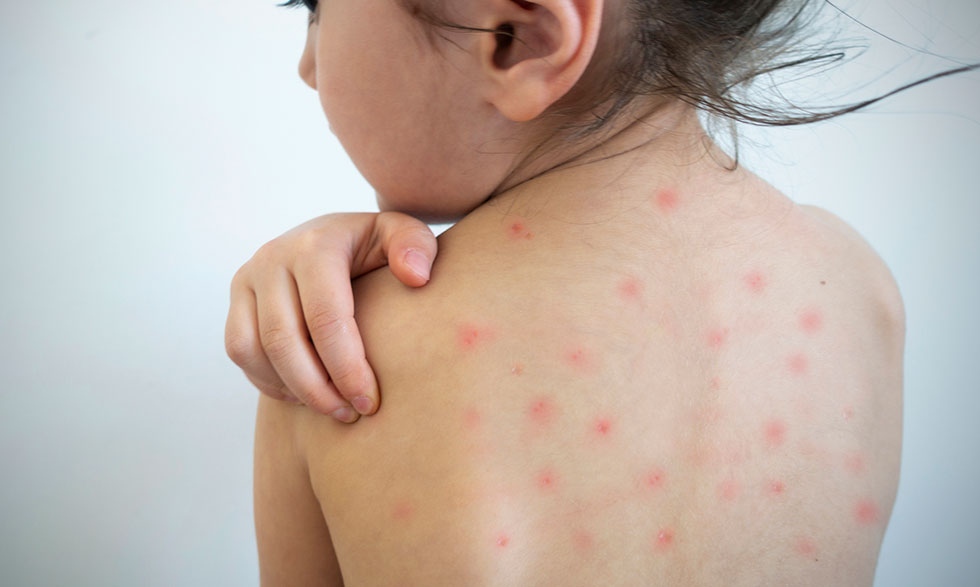As fall approaches in South Carolina, wildlife experts are reminding residents to be on alert for an increase in copperhead snake activity — especially the emergence of baby copperheads.
Fall marks the birthing season for copperheads, the most common venomous snake in the state. Unlike many other snakes that lay eggs, copperheads give birth to live young, typically between late August and October. A single litter can contain 4 to 10 babies, each about 7 to 10 inches long.
While baby copperheads are small, they are still venomous and capable of delivering a bite. However, a common myth about juvenile copperheads has led to misunderstanding and unnecessary fear.
MYTH vs. REALITY
MYTH: Juvenile copperheads are more dangerous than adults because they cannot control their venom and “dump” all of it, or because their venom is more concentrated or toxic.
REALITY: According to herpetologist research, including work cited by Dr. Sherman Minton, juvenile venomous snakes can control their venom just as well as adults. In fact, adult copperheads are more dangerous due to their larger venom glands and the greater volume of venom they can deliver. Juvenile copperhead venom is not more toxic or concentrated. In fact, it is less toxic, drop for drop, until the snake reaches about 18 months of age.
While any venomous snake bite should be taken seriously, experts emphasize that the danger posed by baby copperheads is often overstated.
Staying Safe Outdoors
Baby copperheads can be identified by their distinctive yellow or green-tipped tails, which they use to lure prey. Like adults, they have a light brown or tan body with dark hourglass-shaped bands.
Residents are advised to stay alert when walking in wooded areas, parks, or even in backyards with tall grass, leaf piles, or woodpiles. Copperheads often hide under debris or in shaded, cool spots during the day and become more active during the evening hours.
Local animal control officials recommend the following safety tips:
-
Wear closed-toed shoes and long pants when walking in natural areas.
-
Keep yards tidy by removing brush, tall grass, and woodpiles.
-
Teach children not to approach or handle snakes.
-
Keep pets leashed and supervised when outdoors.
In the event of a snake bite, seek immediate medical attention. Do not attempt to kill or capture the snake, and avoid using tourniquets or attempting to suck out the venom.
Copperheads play a role in the local ecosystem by helping control rodent populations. Awareness and proper education, especially about common myths, can help prevent unnecessary fear and encourage safe coexistence with local wildlife.
Sources:
-
South Carolina Department of Natural Resources (SCDNR)
-
Clemson University Cooperative Extension
-
National Wildlife Federation
-
Venomous Reptiles of the United States, Dr. Sherman Minton
Sign up for our Sunday Spectator. Delivered to your inbox every Sunday, with all the news from the week.
















